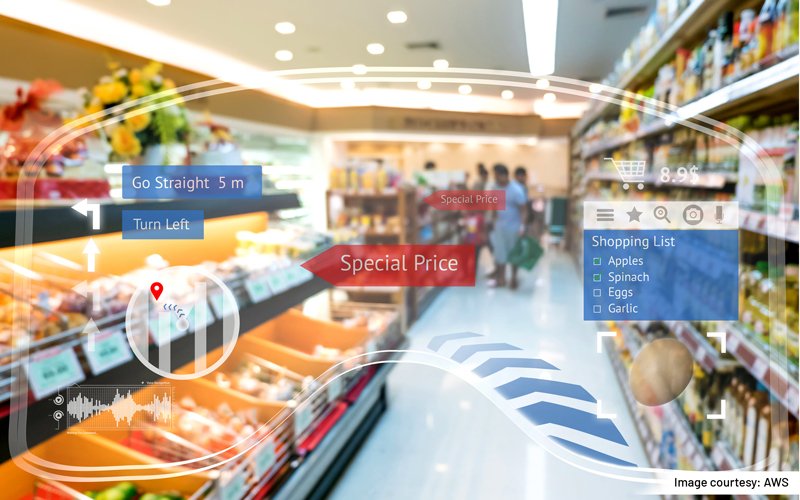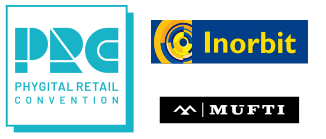
India’s retail industry is constantly expanding with the entry of new players and entrepreneurs, futuristic technology, and start-ups. As a result, the industry’s growth potential has moved from a narrow gauge to a bullet train track. Currently, the Indian retail industry accounts for over 10 percent of the country’s GDP and provides around 8 percent of the country’s employment, which makes India the world’s fifth-largest global destination in the retail space.
The great Indian retail sector is expected to create around 25 million jobs by 2030. The increased demand for organized retail has already helped to create a capacity of around 120 million square feet in retail space across major Indian cities, even as Tier 3 towns and cities and those below, as well as semi-urban clusters are all set to take off in a big way.
While the industry is growing at an unprecedented pace, it has also emerged as a fiercely competitive sector. The tremendous growth has brought many changes, challenges, and disruptions for every stakeholder, including producers, manufacturers, suppliers, retail store owners, and customers. Retail store owners and suppliers are committing themselves afresh to upgrading their strategies given the new market trends and consumer behavior.
The question is, are the retailers ready enough to take a front seat in the fiercely competitive market, which is going to be full of opportunities and demands. To buy real estate in those six inches – “customer’s mind” and to get a chunk from their wallet will demand an innovative-creative approach. The first movers will be ruling as always, however, this time innovative retail fixtures solutions will be a path to reach into the hearts and minds of shoppers.
Retail stores are no more a storage place or a selling outlet that only provide goods to the customers; stores are transforming into experiential buying destinations. The retail store owners and brands are putting their energy and hard work to get a place in the customer’s minds, and their wallet share.
In today’s digital age, the e-retail space is also expanding tremendously and working relentlessly to provide seamless user experience and match on-time delivery expectations. However, to achieve this, they are reinventing their strategies by setting up pop-up stores, experience zones, expansion of their warehousing units, and much more. On the other hand, brick & mortar stores are targeting a smooth, convenient offline buying experience to drive more footfalls. For e-commerce, supply, storage, and movement play a vital role; and for the offline retailers, movement, display, and storage solutions in the stores make a huge difference to attract customers’ attention and to increase sales.
Today, customers don’t enter a store just to buy a product; rather they look for a wholesome in-store experience. And to achieve that, traditional practices must take a back seat, as today, every customer looks for immersive facilities and services. The store layouts, display placements, storage capacity, and movement facilities are the key to create a differential and enhance visual merchandising that plays a crucial role to drive sales. Stores are now a community hub for the customers to have a good time while buying their daily need goods. In this context, a store’s color scheme, in-store atmosphere, hassle-free purchase, relevant product options, payment methods, movement space, flexible timings, localized suggestions are the factors basis which a customer selects a place to shop.
While setting up a retail store, owners must have a logical behavioral-packed approach to design their outlet. In most cases, customers have 170 degrees of vision; they usually avoid congestion in passage areas, and want offers and seasonal sale information loud & clear, etc. Keeping these in mind, even minor tweaks and changes can make a huge difference in providing an improved in-store experience.








